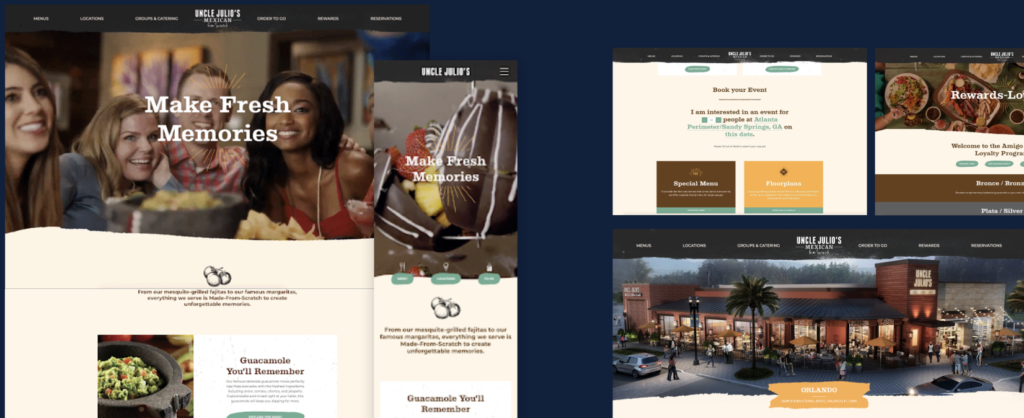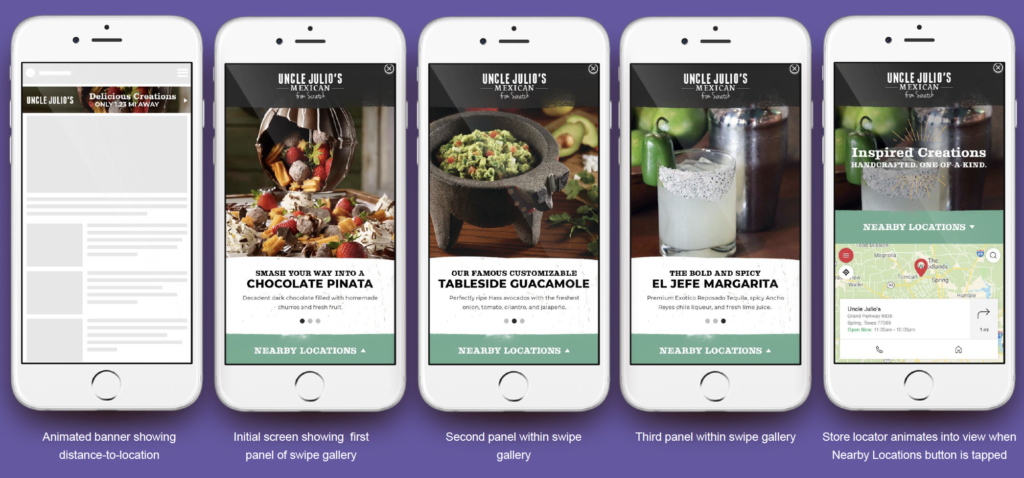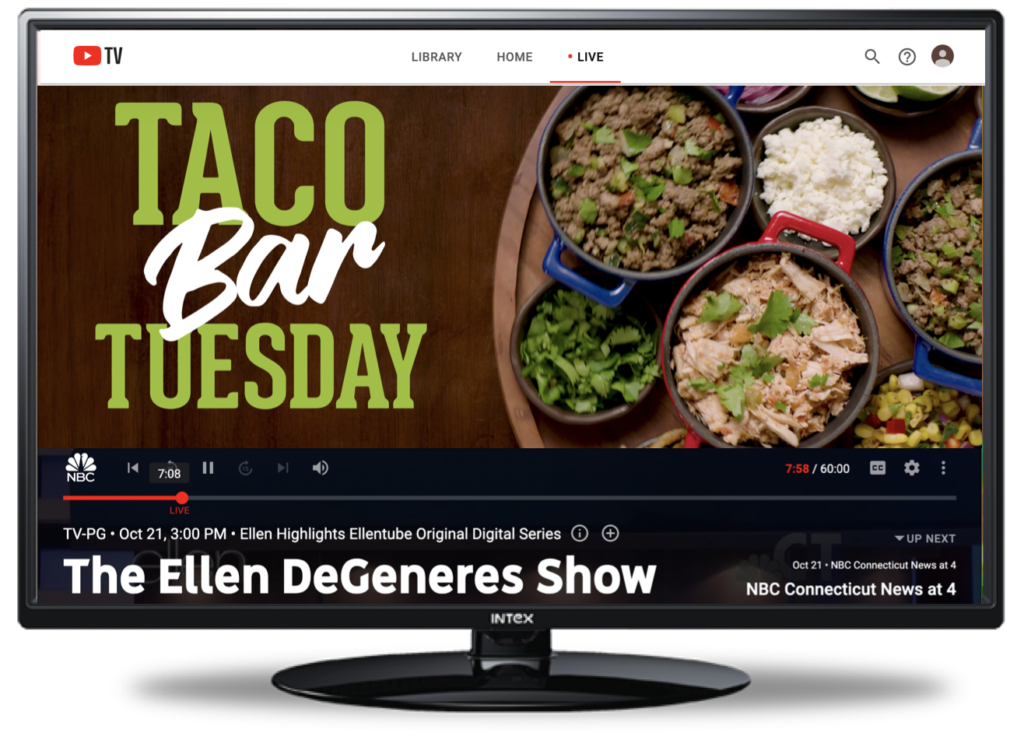When I was an Account Executive (AE) at Saatchi & Saatchi in NYC I was assigned to the Johnson & Johnson Adult Tylenol business. It was a huge piece of business for the agency, so there were two AE’s. For a short time I was one and Marisa Thalberg was the other. To this day, Marisa is one of the brightest people I’ve ever had the honor to work with. She ended up becoming the CMO of Taco Bell. She has spoken about the 7 paradoxes of digital marketing, one of them being the challenge for brands to be global but have hyper-local relevance.
“Taco Bell and other global brands tell stories that must be global, because they are shared throughout the world, Thalberg says, but equally important local opportunities also exist. Brands need to tell stories with local relevance and global interest, according to Thalberg. Some campaigns may serve both purposes, but marketers should also specifically target local and global markets with different types of content.”
For many of us on the front lines of restaurant marketing, this paradox can seem daunting. We’ve got to grow the brand with hyper-local tactics that can scale from restaurant to restaurant, market to market, and for some nationally to globally. Fortunately, this seemingly highly contradictory statement, is actually achievable, as there are more options in the digital world that we would have ever thought possible in years past. Let’s explore just a few.
WEBSITE
We know firsthand the power of a website to both build the brand across all markets while also providing localized content. We recently launched a new website for Uncle Julio’s. While it is best in class technically, outscoring all of their competitors for site speed even with lots of video, it is also a perfect example of best in class customization down to the individual restaurant. The site content changes based on each location’s weather (think patio messaging on beautiful spring and summer days), various menu offerings (like a new entree that is being tested in one specific restaurant or market), time of day (like from 10a – 1p lunch items appear versus from 4p – 8p dinner items are featured), day of week (for example Taco Bar on Tuesdays, Brunch on Sundays) and more. 
IN-APP MOBILE MARKETING
We have partnered with companies that have access to mobile phone users’ location information. As you can imagine this information is highly valuable to anyone who wants to hyper-target their audience. Here are a few examples:
- Target the people who work for a financial company on the 5th floor of a building in NYC
- Target people who have been to a competitive location to yours within the last 30 days and within a certain area
- Target people who have been to other retail outlets that align with your brand and happen to be on their way to or from work.

The great thing about all of this is that the targeting data is deterministic (meaning you are definitely reaching the exact audience you are buying) versus probabilistic (meaning you are probably reaching the audience you are buying) AND the impact of the advertising is measurable by tracking the location of the device into your restaurant.
CONNECTED TV & OTT
OTT stands for “Over-The-Top”. It represents streaming media that bypasses cable or satellite providers like Comcast, Spectrum, Frontier, and others. Today, roughly 64 million U.S. households use OTT. For marketers, it allows us to reach the “cord cutters”, down to the household level, that are using platforms like YouTube TV, Hulu, Slingbox, Amazon Fire Stick, and Apple TV, with commercials. For the first time ever, TV advertising can be both hyper-targeted and affordable.

We highly recommend reading this article by Propellent Media if you’re interested in more information. https://www.propellant.media/connected-tv-ott-advertising/
IN-PODCAST ADVERTISING
The world of in-podcast advertising continues to evolve and align more closely with today’s digital media targeting capabilities. A few years ago, it wasn’t possible to hyper-target podcast listeners. You could only buy ads in specific shows and reach the entire audience of that show. Today, it has all changed. You can buy specific audiences by segments (e.g. NFL fans), geography, demographics, by show category, and even by episode topic (e.g. food, wine).
Given that your consumers are streaming television ad-free, DVR’ing past commercials, and increasingly blind to banners, newsfeed ads, and the like, but they listen to at least 85% of every podcast they subscribe to, and they pay more attention to podcast ads than ads in any other medium, this is a massive opportunity for advertisers.

For brands that want to punch above their weight with highly creative campaigns that leverage these brand building, hyper-local tactics, give us a shout. We’d love to talk to you about what we can do.